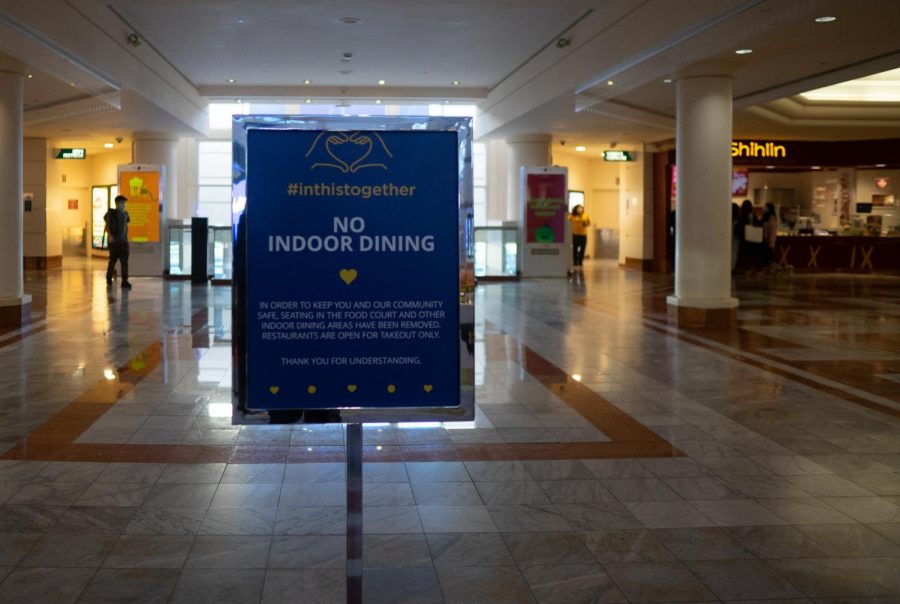San Francisco went into purple tier and a new regional order, the most restrictive stay-at-home order. What does that mean for residents?
“Unfortunately as we expected, San Francisco has been placed on the State’s most restrictive ‘purple’ tier due the surge in COVID-19 cases,” Mayor London Breed tweeted.
As cases became widespread, it was announced on Nov. 29 by officials that many non-essential and other indoor businesses would be closing in San Francisco. Entering the new tier means further restrictions will be put onto the city.
“This is the most aggressive surge SF has seen to date. We’re currently averaging 118 new cases per day compared to 73 per day in the first week of November,” Breed said.
After being in the red tier, San Francisco is one of the six counties in the Bay Area that is now under the purple tier that was announced on Nov. 28th and became effective on Nov. 29th.
“I wish we could’ve avoided climbing up those numbers,” Race and Resistance professor Larry Soloman said. “We’re probably going to see hospital ICU’s reach capacity in the next couple weeks, so we need to do everything we can to get cases back down. Let’s be smart and not get complacent this time.”
Restrictions while under purple tier include:
The new restrictions according to Breed, while in purple tier include the closure of some outdoor businesses such as:
- Carousels
- Ferris wheels
- Train rides
- Bungee trampolines
- Outdoor playgrounds
- Outdoor ice rinks and skating rinks
- Outdoor batting cages
- Outdoor mini-golf
Indoor businesses who are included with the purple tier restrictions are indoor museums, movie theaters, and places of worship with the exception of indoor individual prayers.
Will there be a curfew?
A curfew was also implemented with entering the purple tier, by not having any gathering from 10 p.m to 5 a.m. until December 21.
Who is exempt from the order?
Indoor retail must go down from 50% capacity to 20% capacity while in purple tier Any San Francisco Unified School District school can remain open with a waiver from the Health Officer, according to officials.
What will happen during the regional order?
New restrictions will last three weeks after regions fall under 15% ICU capacity. San Francisco will be joining four other counties on an early start to the new regional order. According to Gov. Newsom, places that will close down during this new order will be indoor and outdoor dining, wineries, personal services, hair salons and barber shops.
Places that can remain open are critical infrastructure, schools that have remained opened, retail at a 20% capacity, and restaurants can serve delivery and take out. Retails that remain open must start a metering system to track customers coming in and out of stores. Open-air bus and boat operators will also be suspending business while under the new regional order.
Can you travel for non-essential reasons?
Non-essential travel during this order will be restricted during this order according to officials. Hotels must not accept hotel reservations for out of state travelers for non-essential stays, unless that person who reserved will be staying during the permitted quarantine period.If non-essential travel does occur, a 14-day quarantine period must happen once arriving back to the Bay Area, officials said.
San Francisco and four other Bay Area counties have started the new regional early on Dec. 6 and will remain until Jan. 4 along with remaining in the purple tier.







